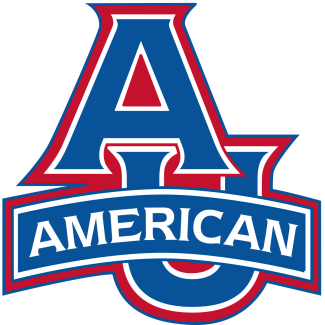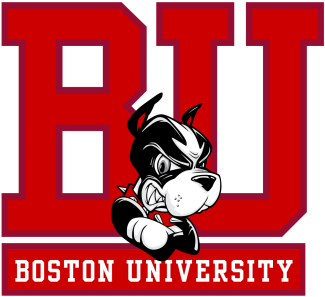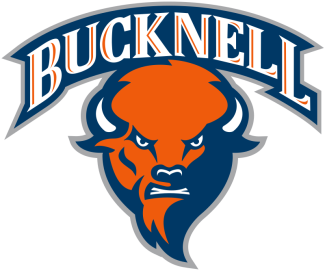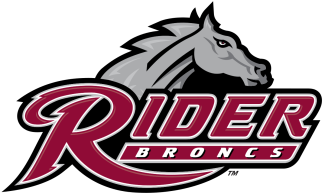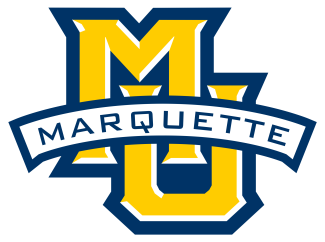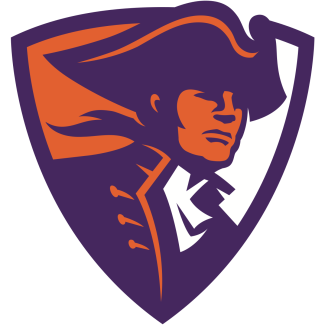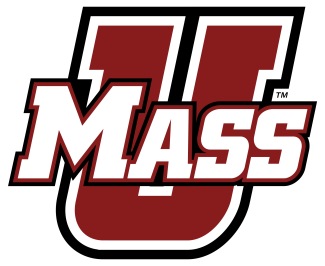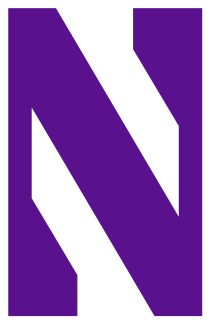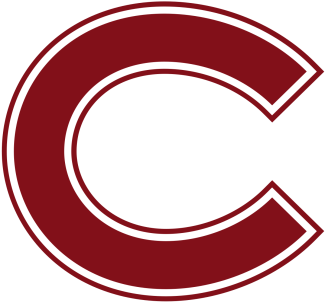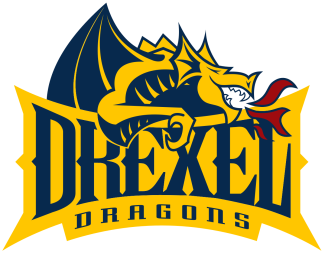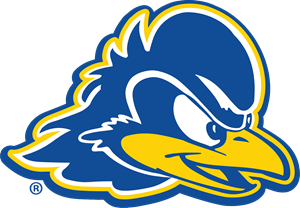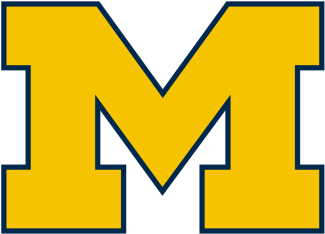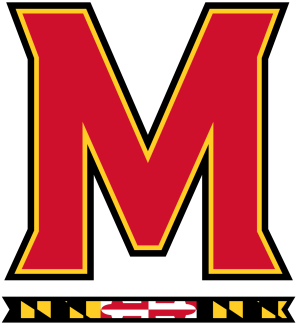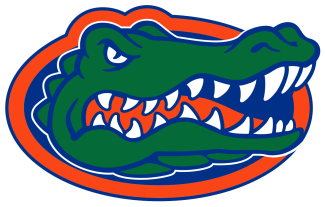T
hat is how Marr, the only head coach in Albany’s Division I history, has operated since the Yorktown, N.Y., native and former attackman at Johns Hopkins entered the coaching profession a quarter-century ago as a Delaware assistant. He has been the same calm, cool, loose guy since he left Maryland after a six-year apprenticeship under former Terrapins coach Dick “Big Man” Edell to take the reins in New York’s state capital in 2000, with a strong appetite for building a consistent winner from scratch.
“We never talk about being No. 1. We don’t talk about the outside noise and the high expectations,” Marr said. “But I want us day-dreaming about winning a [national] championship, like we all did in high school.”
“We want our guys to grow and enjoy playing and playing well,” he added. “I want every practice day and game day to be fun. I want us living in the moment, enjoying it and playing for the opportunity to reveal our character.”
Marr doesn’t do histrionics. He doesn’t see the point in lighting up his players, even when they probably deserve it. His firm, reassuring voice is what the Danes heard, even as their undefeated season disintegrated at UMBC.
It’s the same voice that Fields described back on March 10, when Albany trailed Maryland by four goals in the fourth quarter in College Park.
The Danes calmly rallied for five unanswered scores, as Fields scored the game-winner to lift Albany to an 11-10 win.
“[Marr] never throws his arms up or shows any frustration when we make mistakes. He was so confident when he called a [fourth-quarter] timeout and we were having such a hard time scoring,” Fields said. “His speech was calm, no negativity, just a next-play mentality. That allows us not to grip our sticks too much. It makes us unafraid.”
From the beginning, Marr has put that type of imprint on the program, from the lean years when he sought tough-minded players with a blue-collar streak determined to squeeze every ounce out of their skills, to Albany’s present day as a more talented, polished, blue-collar squad that has been on the cusp of breaking through to its first NCAA championship weekend for a number of years.
From the beginning, Marr, inspired by the legendary Syracuse teams he watched as a kid under Hall of Fame coach Roy Simmons Jr., was dead set on playing an up-tempo style — pushing the ball in transition at every opportunity, turning pressure defense into instant offense, relying on two-way midfielders and using organized chaos as a lethal weapon.
The Albany teams of recent years, augmented by the dazzlingly skilled Native American brothers Lyle and Miles Thompson and led currently by the likes of Fields and Ierlan, has risen to new heights.
Over the previous five seasons, Albany consistently ranked among the nation’s most prolific offenses, ruled the America East with a rare hiccup and produced a 68-21 record and five NCAA tournament appearances. Three of those trips ended in the quarterfinals.
***
T
he 2018 team reeled off 10 straight victories to start the year, including top-10 wins over Syracuse, Maryland and Cornell. The Great Danes ascended to No. 1 and rode in that spot for a month.
Then came the loud hiccup on that Friday night at UMBC, which happened while Fields and Reh witnessed as spectators on the mend. Although Ierlan was superb as the Danes controlled all but two faceoffs, the offense ran into a disciplined UMBC zone defense and a hot goalie in freshman Tommy Lingner. Albany shot poorly and was barely in contention in the fourth quarter.
Marr and his staff, which includes 2007 Albany graduates Merrick Thomson and Liam Gleason — major parts of the school’s first NCAA quarterfinalist team in 2007 — and volunteer assistant and 2016 graduate Derrick Eccles, saw no reason to revamp their approach. They push and prepare the Danes hard all week in practice, and rely on the players’ freedom, creativity and execution on game day.
“As an offensive player, you want to play for an offensive coach who trusts you and makes you feel like you have a say,” said former Albany attackman Luke Daquino, a 2005 graduate who was one of the jewels in Marr’s first recruiting class. Daquino was the America East Player of the Year in 2003 and a three-time first-team all-conference selection.
“We were a run-and-gun team all of the time, and Coach was learning as we were learning,” recalled Daquino, who helped the Danes nail down their first markers with three league titles and NCAA tournament berths.“We would always hang out in his office and talk game plans. He listened a lot and let us do a lot. The coach you met with your parents as a recruit was the exact same guy you worked for on the field. That’s not always the case.”
“I’m in my 30s now and I still feel so connected to [Marr] and his program,” said former midfielder Jordan Levine, a 2008 graduate and career ground balls leader in Albany history and the seventh-year head coach at Division II Mercy College in Dobbs Ferry, N.Y.
“We had a big game before Albany played Maryland on March 10, and I got a text that morning from Coach Marr saying, ‘Good luck today. Love you, man.’ He does that kind of stuff all of the time,” Levine added. “He’s still the same, humble, salt-of-the-earth guy who was the first head coach to pay a house visit to my parents. He chatted with my parents and made them feel comfortable over coffee and donuts. As great of a coach as he is with Xs and Os, his best asset is how he relates to people.”

